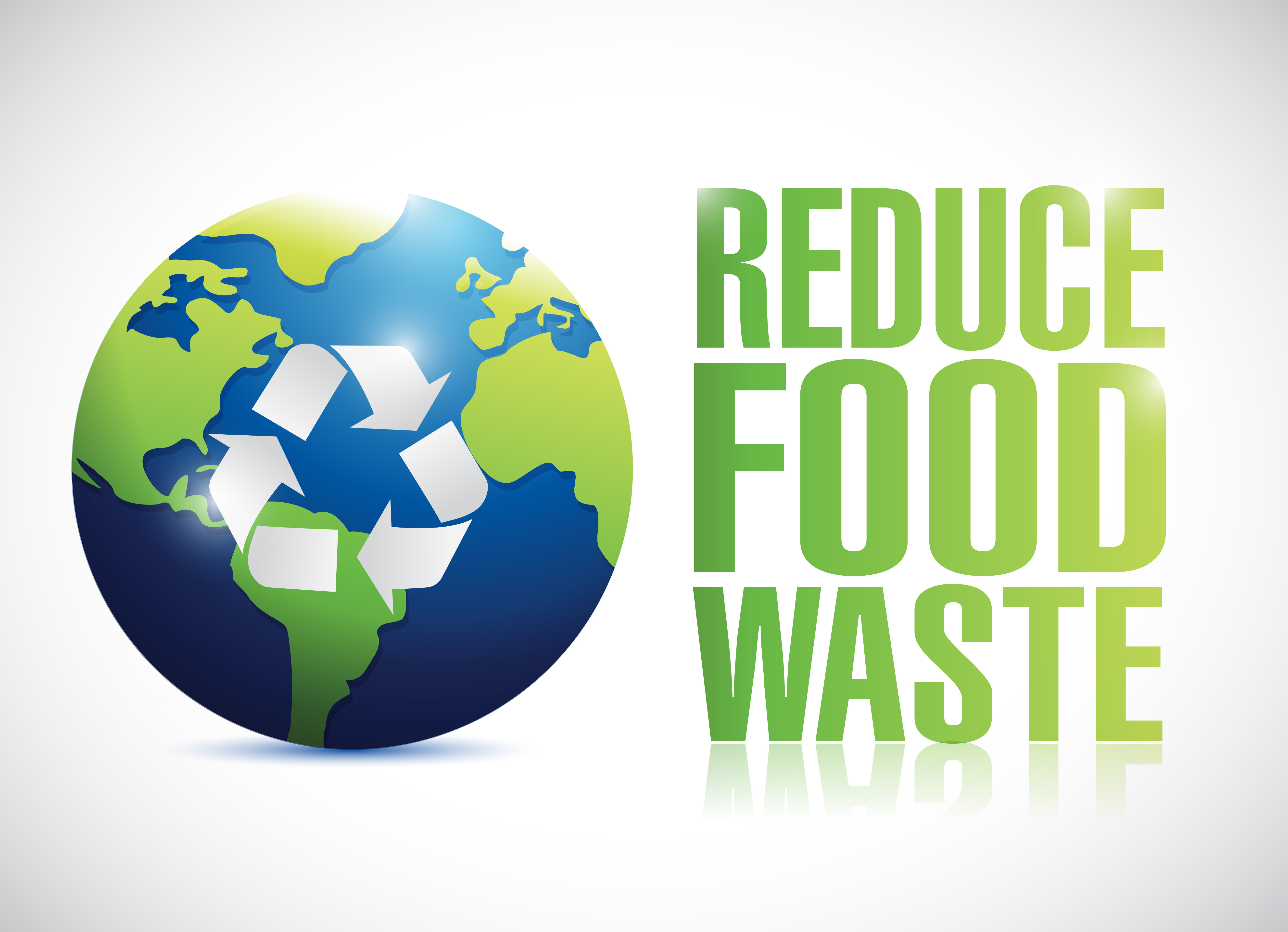Reduce Food Waste for Earth Day and Every Day
It happens in households across America on a daily basis. Someone opens the fridge, peers inside and declares there is absolutely nothing to eat. Then two days later a pile of rotten fruit, moldy cheese and expired condiments are discovered and dumped in the trash.
While we don’t set out to waste the food we pick up at the local grocery store, Americans throw away more than a third of our food each year, between $1,365 and $2,275 worth of food. Studies have found the main reasons for this waste are confusion about expiration dates and because we can afford to. A 2015 study from John Hopkins found that people thought a leaky faucet or leaving lights on was more worrisome than throwing away food. And, a 2016 Ohio State University study showed that people thought food waste was a problem but were too busy with life to change their habits.
Throwing away bad food is not just costing you money and wasting the food itself. The water and energy it took to produce the food and bring it to market are also going to waste. The impact of throwing away food is larger than you might think. A few ways you can help reduce food waste for Earth Day and year-round are:
Buy Frozen
If you are not sure if you will make a dish that calls for certain produce, buy frozen instead of fresh. Studies have found that frozen can be just as nutritious as fresh, if not more because the produce is frozen almost immediately after picking.
Stop Using Fridge Drawers
Out of sight, out of mind is often a primary cause of produce going to waste. If you forget you purchased fruits and veggies because they are buried in a drawer, switch it up. Put your producer in glass containers with paper towel to absorb moisture and store them on the fridge shelves instead. Use your drawers for something else!
Meal Prep
Instead of cooking throughout the week, do all your prep work on the weekend or on one weeknight and store your ingredients in containers already sliced and diced for convenience. All your recipes will be pre-planned, so you are only buying what you need, not what you might use.
Buy Loose Produce
Buy your produce loose instead of in bags where you cannot really see what is inside. Open containers of fruit and do not be shy about swapping out pieces that are already moldy or looking rotten. If you do not, your entire purchase could be bad the day after you buy it.
Divide and Conquer
You might have thought that one of your fridge drawers was for fruits and one for veggies, but that is not actually how you should split up your product. Some produce gives off a gas called ethylene and other fruits and vegetables can ripen faster when exposed to it. So, keep sensitive foods like apples, asparagus, carrots, broccoli, cucumbers, eggplant, green beans, lettuce, summer squash and watermelon separate from other produce to prolong freshness.
Make a Smoothie
If fruits and veggies start to look a little mushy and on the verge of going bad throw them all into the blender with some plain yogurt and ice cubes. Texture does not matter when you are grinding everything up and the entire family can benefit from this waste-free breakfast or snack that is packed with vitamins and minerals.
Info provided by Smarter, a connected home company based in London. www.smarter.am









